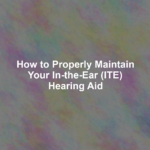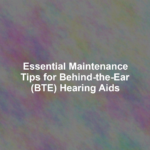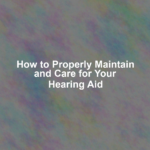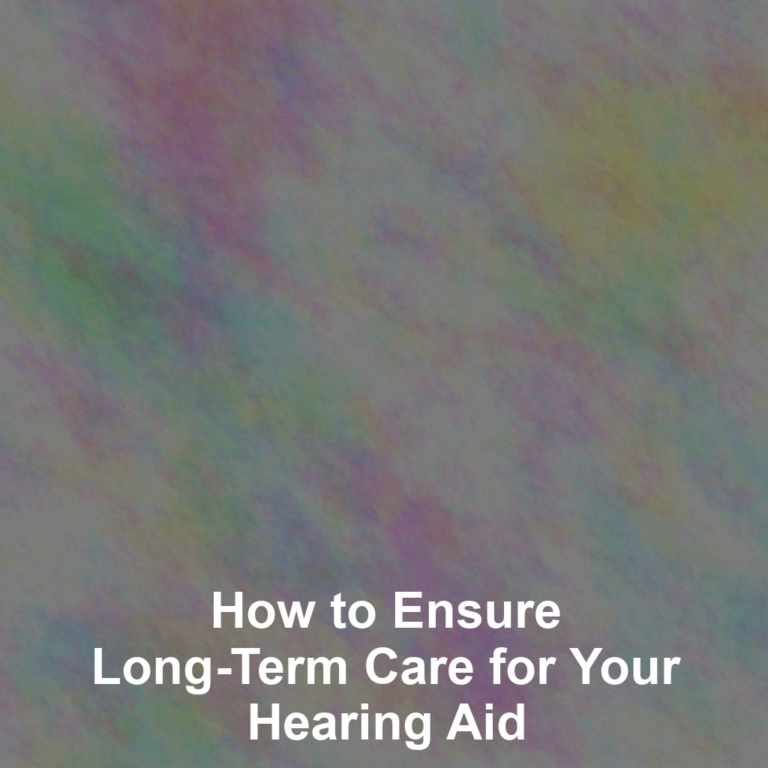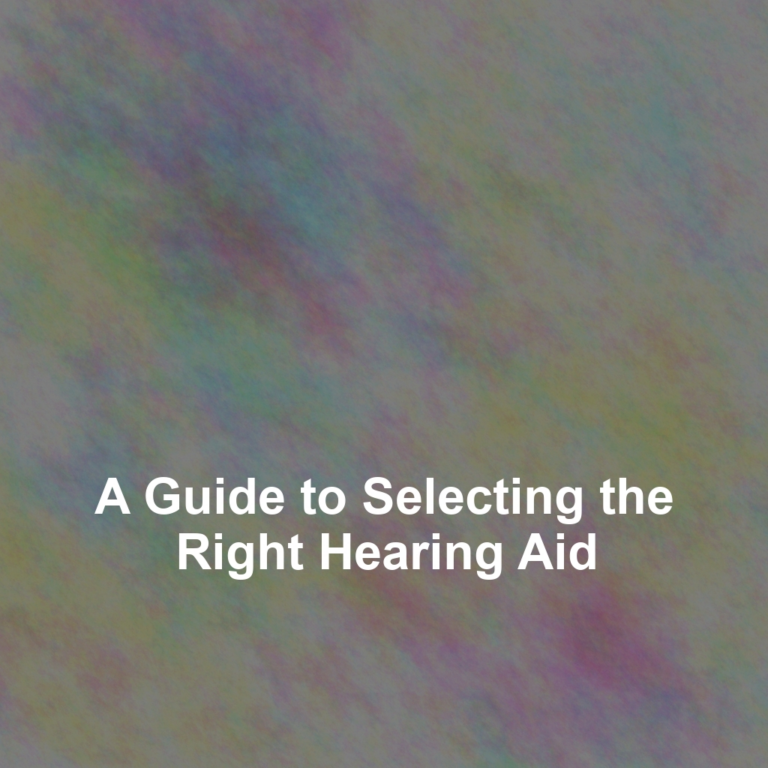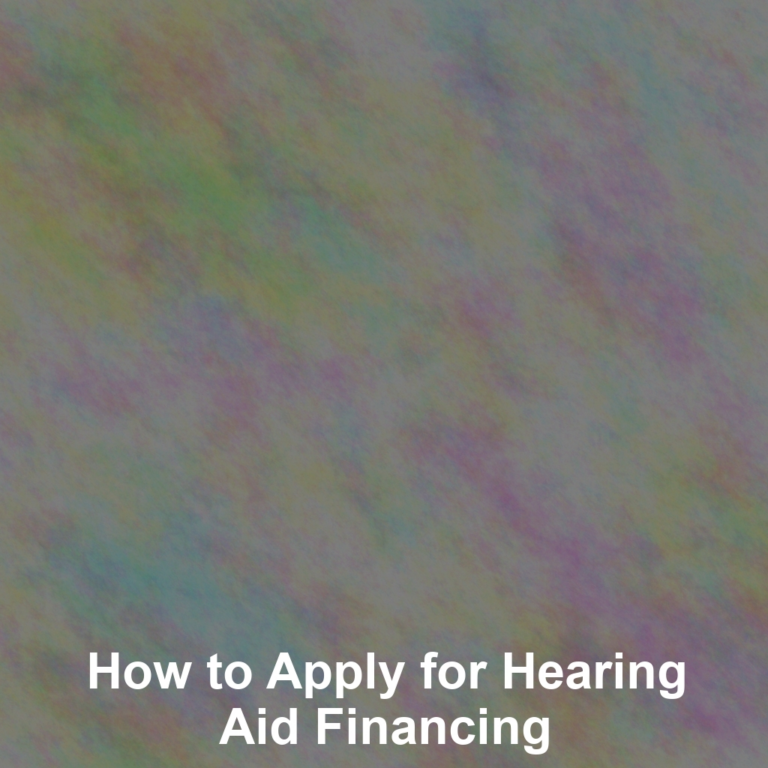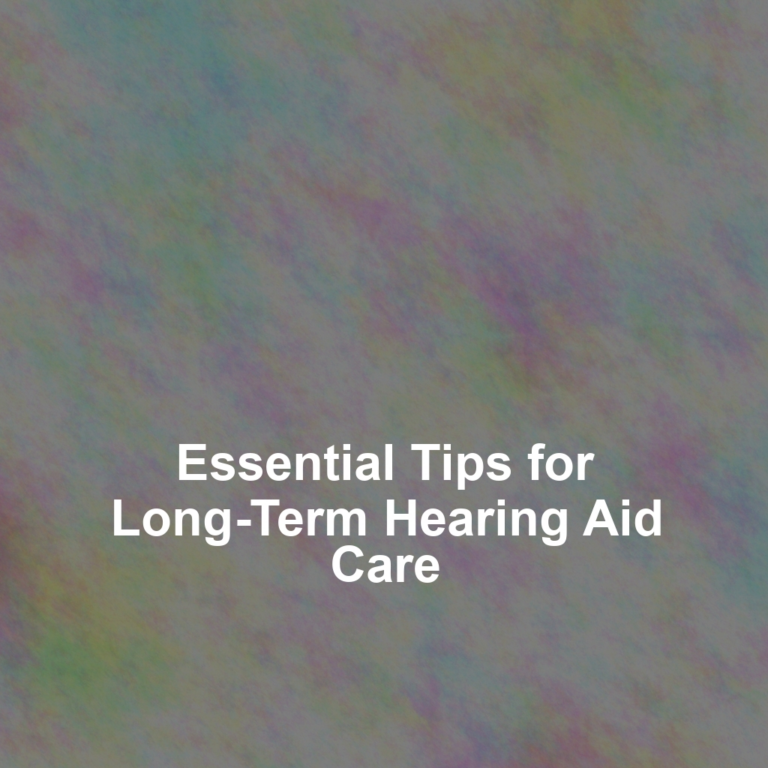While a hearing aid can open up a world of sound, neglecting its maintenance can just as quickly silence it. As you rely on your BTE hearing aid daily, itG??s crucial that you also adopt a routine to keep it functioning at its best.
YouG??ll need to gently clean it each day, protect it from moisture, and ensure itG??s stored safely when not in use. Regular check-ups are as vital for your device as they are for your ears. But how often should you schedule professional servicing, and what are the signs that your hearing aid may be due for a check-up sooner rather than later?
Stay tuned as we uncover the essential steps to extend the life and performance of your indispensable hearing companion.
Daily Cleaning Routine
To ensure your behind-the-ear (BTE) hearing aid functions optimally, itG??s crucial to establish a daily cleaning routine. YouG??ll want to start by wiping the entire device with a dry, soft cloth every night. This removes the dayG??s accumulation of earwax, sweat, and oils, which can interfere with the sound quality or cause damage if left unchecked.
Next, focus on the earmold. Gently remove it from the hook to clean it. Using a mild soap solution and a soft brush, like a toothbrush, scrub away any debris. Rinse thoroughly with water and let it air dry overnight.
DonG??t forget the tubing. Moisture can build up inside, so itG??s essential to use a blower to force any moisture out. This prevents mold growth and the potential for sound blockages.
Moisture Control Measures
Having established a daily cleaning routine, you must also take proactive steps to protect your BTE hearing aid from moisture damage. Moisture is one of the biggest threats to your hearing aidG??s functionality and longevity. ItG??s essential to keep your device dry and safe from excessive humidity, sweat, and water.
Start by storing your hearing aid in a dry, well-ventilated place when youG??re not wearing it. Avoid leaving it in the bathroom where steam and humidity can infiltrate its delicate components. If youG??ve been caught in the rain or have sweated heavily, take the time to gently wipe your BTE hearing aid with a dry, soft cloth.
Consider investing in a dehumidifier or a drying container specifically designed for hearing aids. These devices can be particularly helpful overnight, providing a safe environment that draws out moisture while you sleep. Some dehumidifiers even have UV lights to help sanitize the hearing aid.
Regular Audio Check-Ups
Ensure your BTE hearing aid delivers optimal performance by scheduling regular audio check-ups with a hearing specialist. Just like any sophisticated device, your hearing aid needs professional attention to maintain its best function. Over time, your hearing needs may change, and so might the performance of your device. Regular check-ups can catch issues before they become problems and ensure your hearing aid is adjusted to your current requirements.
During these visits, your specialist will:
- Inspect your hearing aid for any signs of wear or damage. TheyG??ll check the tubing, the microphone, and other components to make sure everythingG??s in working order.
- Test the deviceG??s performance to ensure itG??s providing the correct amplification. If your hearing has changed or the device isnG??t functioning as it should, theyG??ll make necessary adjustments.
- Clean your hearing aid, often using specialized tools and solutions that you mightnG??t have at home. This deep clean can help prevent earwax build-up and keep your device working smoothly.
Safe Storage Practices
When youG??re not using your BTE hearing aid, store it in a dry, cool place to safeguard its delicate components. Humidity and heat can damage the internal circuitry, so avoid leaving it in your bathroom or near heat sources. Instead, opt for a bedside drawer or a dedicated storage case thatG??s out of direct sunlight.
ItG??s also crucial to keep your hearing aid away from pets and children. They might see it as a toy, which can lead to accidental damage or ingestion. A storage case with a secure latch will help prevent such mishaps.
Before you tuck your hearing aid away, make sure itG??s turned off. This preserves battery life and prevents unnecessary drain. If youG??re storing it for an extended period, consider removing the battery entirely to prevent corrosion or battery discharge that could damage the hearing aid.
Lastly, if you live in a particularly humid climate, you might want to invest in a dehumidifier container for your hearing aid. This specialized storage device will help to keep moisture at bay, ensuring that your BTE hearing aid remains in top working condition for your daily use.
Professional Care Schedule
To keep your BTE hearing aid in optimal condition, schedule regular check-ups with a hearing care professional. These visits arenG??t just about addressing any immediate concerns you might have; theyG??re about ensuring the longevity and effectiveness of your device. Think of them as tune-ups for your hearing aid that can prevent future issues.
During these check-ups, your hearing care professional will:
- Thoroughly clean areas you canG??t easily reach at home.
- Check for any signs of wear and tear that could affect performance.
- Update settings and make adjustments to ensure youG??re getting the best possible hearing experience.
ItG??s best to have these professional check-ups every six months, although your specific needs may vary. If youG??re noticing any changes in your hearing or the performance of your BTE hearing aid, donG??t wait for your scheduled appointment; contact your hearing care professional right away.
Regular maintenance combined with professional care will keep your hearing aids working effectively and can extend their useful life. Remember, taking care of your hearing aids is as important as taking care of your hearing health.
Conclusion
Keep your BTE hearing aid in top shape by sticking to a daily cleaning routine. Use moisture control techniques and schedule regular audio check-ups. Store it safely when not in use, and donG??t skip those professional care appointments.
Taking these steps ensures your device functions at its best, so you can keep enjoying the sounds of life without interruption. Remember, a little upkeep goes a long way in maintaining your hearing aidG??s performance and longevity.

